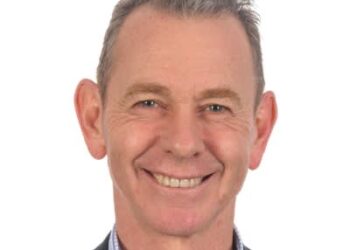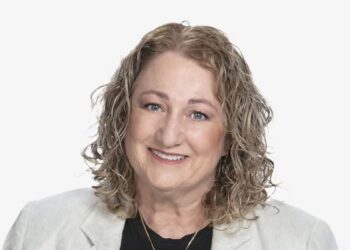A number of advisers left Dixon in July last year, which the firm put down to an increase in demand for the investment side of the business.
Mr Brown said the number of authorised representatives at the firm currently stands at “approximately 70, which has been pretty stable over the last nine months”.
“We have 70-odd authorised representatives covering investment and strategic advice, and then some from an SMSF accounting and administration perspective as well,” said Mr Brown.
Dixon also has an estate planning team and direct property team “on the ground”, he added.
The firm currently has 4,500 SMSF clients that represent around 8,800 trustees, according to Mr Brown.
Dixon’s ongoing SMSF service was launched in 2001, and the firm has seen strong growth via referrals and people “who are aware of us in the marketplace” since then, he said.
“I joined in 2008 and at that stage I think we had 2,700 funds. Now we’re sitting at about 4,500,” said Mr Brown.
While the company focuses on the SMSF sector, Mr Brown was quick to point out that Dixon does not push clients into self-managed super.
“Depending on peoples’ wealth situation and current super savings, we do steer them to industry and retail … if we feel that is the best investment vehicle for their superannuation,” he said.
The firm also has a growing presence in the US, with 50 employees based in Hudson County, New Jersey. The US employees are involved in the acquisition and leasing of properties for the ASX-listed US Masters Residential Property Fund.
The fund, which has a unitised trust structure, gives Australian investors an opportunity to diversify and also acts as a hedge against a falling Australian dollar, said Mr Brown.
Because the fund is listed on the ASX with a minimum investment of $2,000, investors can devote a smaller amount of their portfolio to property – as opposed to purchasing an entire property within an SMSF, which can often mean trustees are overweight in the asset class, he said.
Dixon does not have plans for an Australian residential property fund, because land tax laws in this country create a “very tax negative situation, whereas that’s not the case in the US”, said Mr Brown.
When it comes to fees, Dixon charges its SMSF clients a fixed retainer as well as fees for service on an ‘as-need’ basis, said Mr Brown.
The company has long rebated any trailing commissions to its clients – including commissions from insurance arrangements, he added.
“We have the benefit of being fee for service since inception … We’re very well prepared for the [Future of Financial Advice] legislation coming into place on 1 July,” Mr Dixon said.


